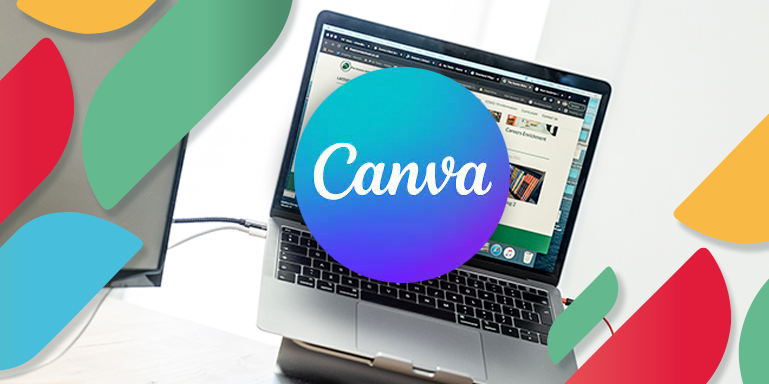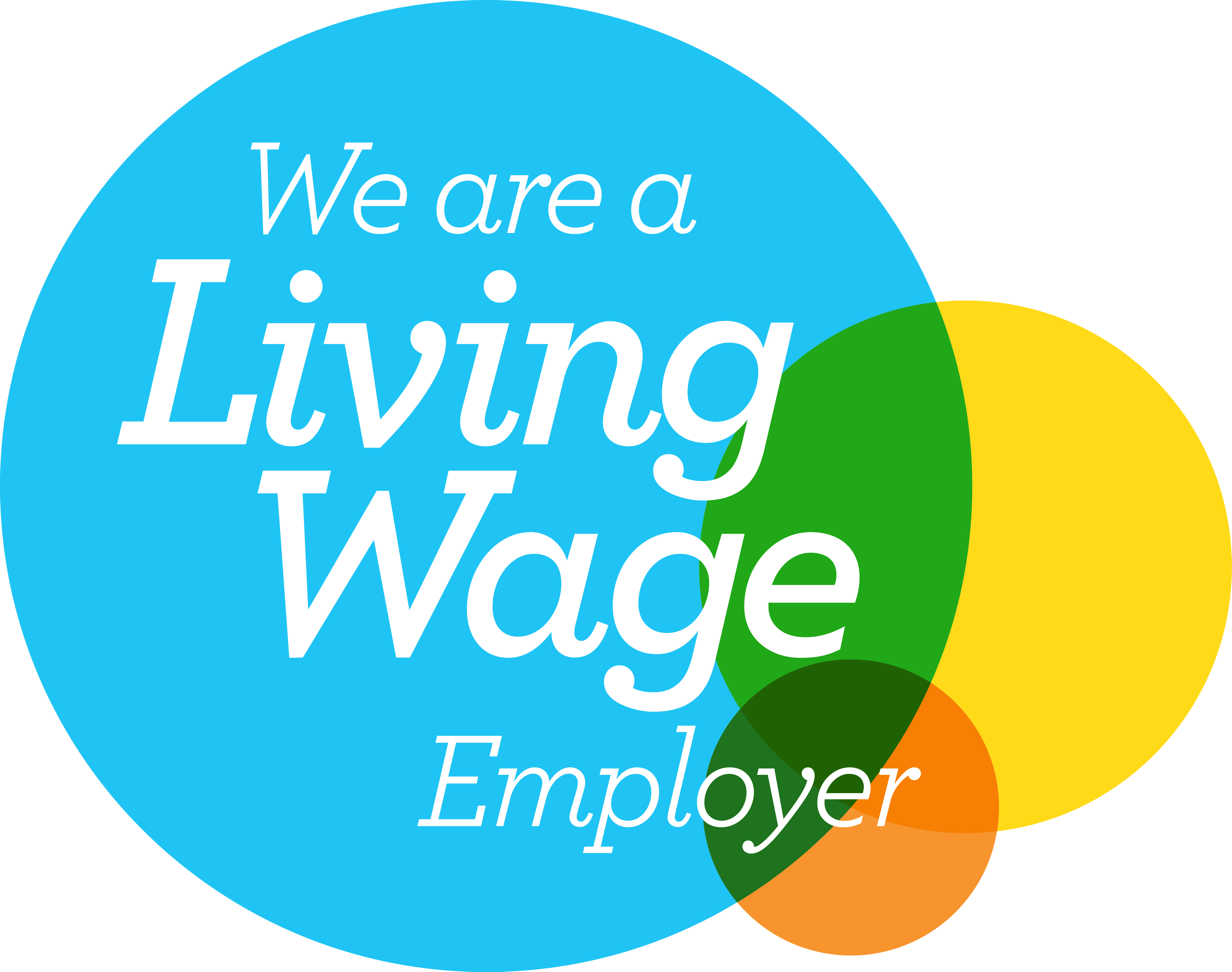Emailing Parents – Your Best Practice Guide
Emailing Parents – Your Best Practice Guide
Emailing Parents – Your Best Practice Guide

Emailing parents can be a bit of a minefield but it’s so important to not bin the idea because you don’t see the impact you would like to. Emailing can be a powerful tool as part of your wider parental engagement strategy.
This article explains the critical areas around emailing parents you need to understand if you’re going to make a success of it.
Understanding How Parents will Access Emails
To understand how to really engage parents via email, you need to get a handle on how they interact with email. So, let’s look at a few stats that paint quite a picture:
- 91% of consumers check their email daily (ExactTarget)
- 48% of emails are opened on mobile devices (Litmus)
- Only 11% of emails are optimised for mobile (Equinux)
- 69% of mobile users delete emails that aren’t optimised for mobile (Litmus)
These numbers are accurate across the board, meaning parents don’t engage with email any differently than any other type of email user. To understand the numbers in context, you should approach emailing parents as if they are a ‘consumer’.
In actual fact that’s exactly what they are! Parents want to consume information on how their child is doing at your school. They want to know what’s going on and they do want to engage.
The problem at the moment is that it isn’t very easy for them to engage.
Creating Templates that Engage Parents
Are you sending emails to parents that require you to open a link to view a pdf file? If you received that email from anyone else, what would you do? If any of the people I’m subscribed to (choose from Cotswold Outdoor, Argos and Amazon Prime – sorry!) starting emailing me like that I would unsubscribe after email number two. At the latest.
So why do we just accept that’s an acceptable way to send information home to parents?
The best thing to do is shift your mindset and create email templates that parents will engage with. So, the first thing to do is ditch the links to files containing content. The worst thing in the world is having to fight to read content on a mobile device. Parents struggle to read it so don’t do it.
If you’re thinking of creating a newsletter email then create something that looks good. Make sure if contains the critical information, then link to your website for the rest of the information. You’re making your email easy to digest and driving users to your website. Win. Win.
If you’re thinking about how to send letters home from your Headteacher, the approach is different. It’s all about simplicity and making content fast and easy to digest.
Read more about How to Send Email Newsletters in our previous post.

The Power of the Subject Line
Don’t underestimate just how important it is to craft an email subject line that makes your readers want to open your emails. If you’re like me you receive lots of emails every day. The average person receives around 121 emails a day.
That means you have to stand out from the crowd. Historically, part of the problem is that schools and school email providers have believed the lie that they don’t need to work hard to get parents to open emails. Parents just should. Do they want to hear about their children’s school or not?
That’s not the way the world is now. Of course parents want to know how their children are getting on at school and what’s going on. But given there are so many other distractions, everyone has to do their bit to stand out.
Here’s a few stats to help get to the bottom of what things are really like …
- 35% of email recipients open email based on the subject line alone (Convince&Convert)
- Emails that include the first name of the recipient in their subject line had a higher clickthrough rate than those that don’t. (HubSpot)
- 58% of adults wake up and immediately check their email (eZanga)
Ok, that last one isn’t, strictly speaking, about subject lines, but wow! What is clear is that it is worth knowing a few tips and tricks to help you get it right. To that end, here’s our go to list:
- Personalisation – if you have the function within your email software, add some personalisation to the subject line. Even adding the first name of the recipient makes a difference.
- Relevance and Timeliness – if I’ve just had sports day and written it up on my website, there is no point in waiting a couple of weeks to send the email newsletter. Get it out there during the same week. It will increase engagement simply because the content is more relevant.
- Keep it Short and Sweet – given that such a large proportion of readers will access your email on a mobile device, keep your subject line to less that 50 characters so it can be seen in full. The less that can be seen the less likely parents are to open the email.

How to Write Emails to Parents
When you come to writing the content for your email, think about what you’re aiming for. What is the goal of your email? If it is to keep parents up to date with what’s going on in school, use a design that allows you to add in a few news articles, a couple of upcoming events and perhaps some text content. If you’re writing a letter that is to parents, perhaps from the Headteacher, the email should look largely like a ‘normal’ email, without distractions.
Here’s our top tips on how to write a great email, no matter what the purpose:
- Prioritise clarity – get straight to the point and let your readers know as quickly as possible what they need to know. That will mean that readers are more likely to act on what they read, for example, click a link to read more.
- Align your subject line and your email body – whatever you’ve promised or described within the subject line is exactly what should be within your email content.
- Where relevant, write in the second person – use words such as “you” and “your”. For example, “please remember to leave your dog at home and not bring him into the playground.” The reason for doing this? It shifts the focus from school to the parent, meaning that you’re not banging on about yourself too much.
- Be brief – find a way to summarise as much as possible what you need to say and what you want to reader to do so they are much, much more likely to do it. They’re also more likely to get to the end of your email!
To really get cracking and start seeing significant success in using email to engage parents, spend a little time thinking about what you’d like your email to achieve.








